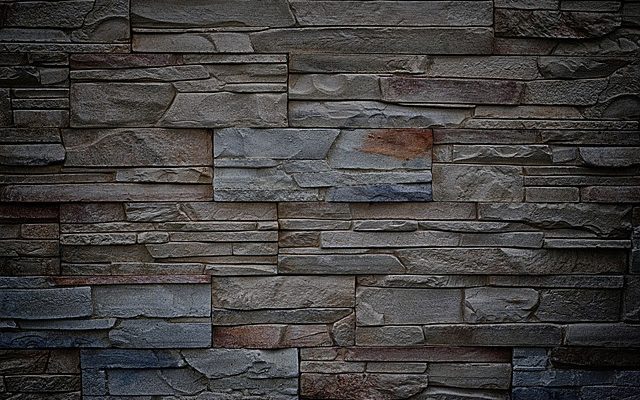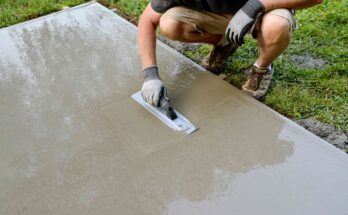Melbourne Retaining Walls are big, solid walls utilized to retain soil lateral into the construction, e.g. retaining a retaining wall in an earthquake-prone area. Retaining walls may be built of concrete, rock, or a blend of stone and concrete. Retaining walls are typically rather solid, but a few have decorative features like decorative concrete types and cosmetic flagstones. You will find an assortment of styles of retaining walls.
Retaining Walls
Concrete blocks are used to construct retaining walls. These cubes are put thickly in a mortar, and concrete forms are used to make the wall. The blocks are constructed parallel to one another and sloped toward the corners. The sloping corners permit snow and rain runoff to slide off the retaining wall without damaging or washing off the base substance. These blocks are the most frequently used kind of concrete retaining wall substance in the U.S.
Retaining Walls
Many sedimentary basins drain water on the surface of the planet, making drainage. Sorts of these basins include beds, gullies, and walls. In most cases, the gradient of the mattress will be parallel to the direction of the wave. As the mattress slopes toward the ocean, the ground underneath the bed of earth goes against the tidal power. This creates lateral earth pressure that raises the uphill force of the water draining out of the earth’s surface.
Retaining Walls
Once concrete walls are developed to channel away water from a hillside, they become known as retaining walls. Most of these retain the territory in their lateral position. Retaining walls constructed with stone walls, on the other hand, channel water downhill into the sea, usually in a clockwise movement.
In locations where retaining walls are constructed to channel away extreme fluctuations in land elevation, they are normally referred to as keeping embankments. After the gradient is less than forty-five degrees, the material used in constructing the embankment is generally soil. The term”levelling” refers to the action of this retaining wall at different elevations. Whenever a wall must support construction that’s on a slope, the retaining walls have to be set at least one hundred feet higher than the surrounding land.
To ascertain the exact amount of pressure required to keep a wall, engineers use a soil friction angle that varies with different elevations. For instance, if it’s crucial to retain a wall at an eighty-five-degree slope, the soil friction angle will probably be seventy-five levels. Other factors, such as soil texture, soil type, and the amount of precipitation present, may also affect the amount of pressure needed to retain the wall.
Reinforcement around retaining walls is a common practice. Concrete is often integrated into the retaining wall structures to make a more solid structure. Additional reinforcement is occasionally added to the walls if the retaining wall becomes under pressure due to changing temperatures.
Oftentimes, retaining walls are built to retain dirt that goes from their property. This can occur because of steep slopes, where soil sliding from the slopes can create pools of water. To avoid the pooling of water, concrete is frequently used. Walls are often used to retain upland banks. While this occurs, the lender has to be sloped away from your house, to stop water from stagnating or leaking onto the home. Concrete retaining walls may also be utilized to retain slopes that aren’t immediately accessible.
Concrete is a commonly used material for cantilevered retaining walls. Cantilever walls are designed to extend out over the ground that has been damaged. The materials employed for cantilevered retaining walls are generally steel, concrete, or concrete slabs. A string of metal brackets is set in addition to the soil where the concrete is to be anchored. The brackets of the cantilever are subsequently stretched onto the foundation.
Landscape retaining walls are a common feature found in many private residences and industrial properties. In many cases, these structures are built to cover a place that does not have access to some building having an outside wall. These are commonly found on golf courses, public walks, and at the bottom of trees. Retaining walls are most frequently made from soil-resistant materials.
Landscape retaining walls may also be assembled from various other materials, such as bricks, concrete, sandstone, limestone, peat, or clay. Each material has its own set of benefits and/or drawbacks. Sandstone provides great traction when applied to steep hillsides where it is typically used to create steps. Clay and peat are more suited to keeping water. Stone is an excellent pick for retaining flat locations.




